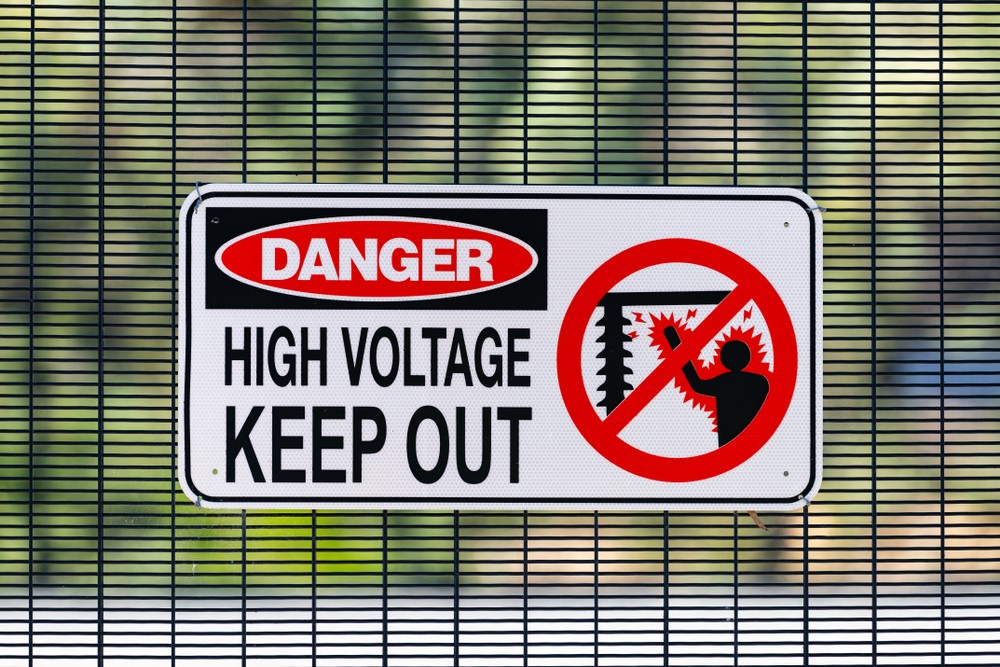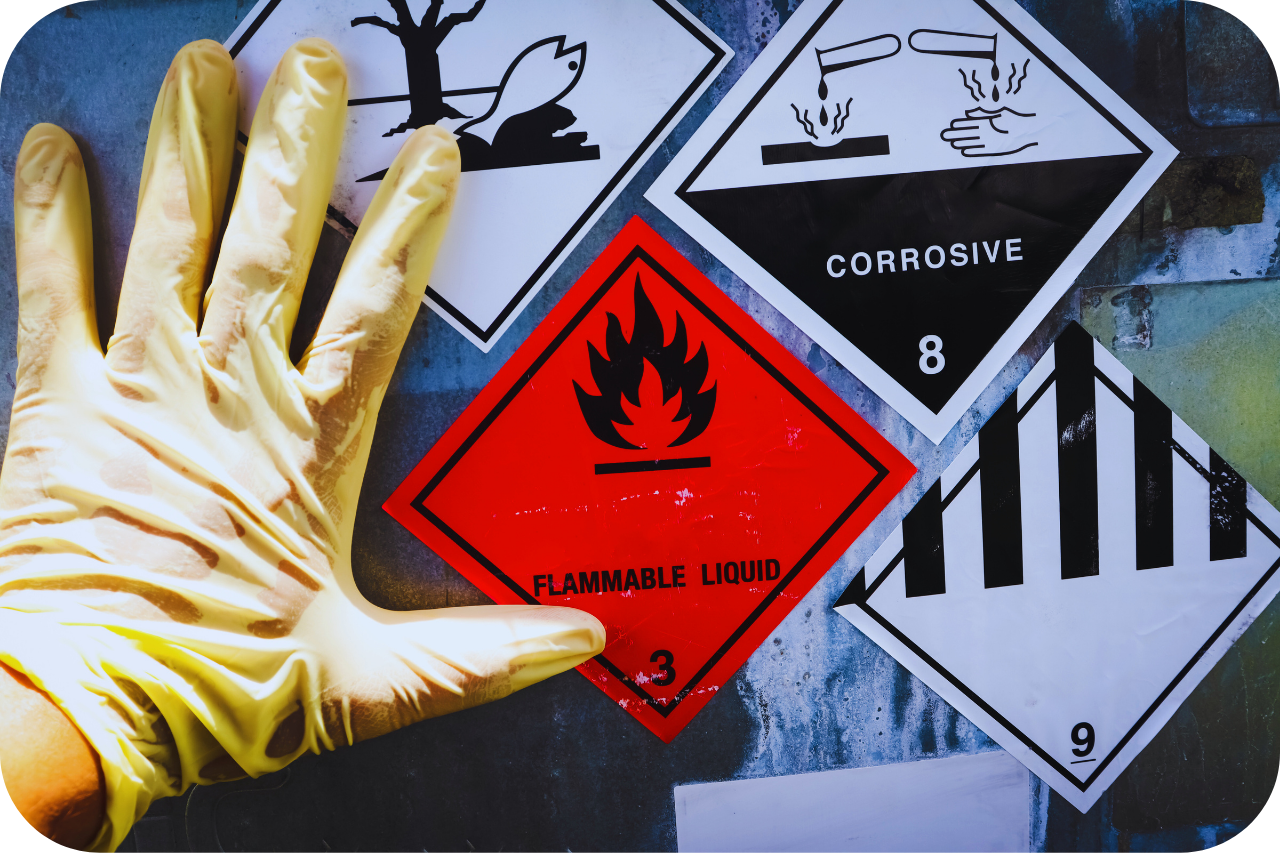Roar Solutions - Questions
Roar Solutions - Questions
Blog Article
Getting The Roar Solutions To Work
Table of ContentsThe Definitive Guide to Roar SolutionsSome Ideas on Roar Solutions You Need To KnowFascination About Roar Solutions
In order to safeguard installments from a possible surge an approach of analysing and classifying a potentially harmful area is called for. The function of this is to ensure the appropriate option and installation of devices to eventually prevent an explosion and to make certain safety and security of life.
(https://pinshape.com/users/7197164-roarsolutions#prints-tab-open)
No tools needs to be mounted where the surface temperature level of the devices is higher than the ignition temperature of the provided risk. Below are some usual dust hazardous and their minimum ignition temperature level. Coal Dust 380C 225C Polythene 420C (thaws) Methyl Cellulose 420C 320C Starch 460C 435C Flour 490C 340C Sugar 490C 460C Grain Dirt 510C 300C Phenolic Resin 530C > 450C Aluminium 590C > 450C PVC 700C > 450C Soot 810C 570C The chance of the danger existing in a concentration high sufficient to cause an ignition will vary from area to place.
In order to categorize this risk a setup is divided right into locations of risk depending upon the quantity of time the harmful exists. These areas are described as Zones. For gases and vapours and dusts and fibers there are three zones. Area 0 Area 20 A harmful ambience is very most likely to be present and may exist for long periods of time (> 1000 hours each year) and even constantly Zone 1 Area 21 A dangerous atmosphere is feasible however not likely to be existing for long durations of time (> 10 450 C [842 F] A classification of T6 implies the minimal ignition temperature is > 85 C [185 F] Hazardous location electrical tools perhaps developed for usage in higher ambient temperature levels. This would certainly indicated on the ranking plate e.g. EExe II C T3 Ta + 60C( This indicates at 60C ambient T3 will not be gone beyond) T1 T1, T2, T3, T4, T5, T6 T2 T2, T3, T4, T5, T6 T3 T3, T4, T5, T6 T4 T4, T5, T6 T5 T5, T6 T6 T6 A T Class ranking of T1 indicates the optimum surface area temperature level produced by the tool at 40 C is 450 C. Presuming the associated T Class and Temperature level rating for the tools are suitable for the location, you can constantly utilize a tool with a much more stringent Division ranking than required for the location. There isn't a clear answer to this concern unfortunately. It really does depend upon the sort of equipment and what fixings need to be executed. Tools with particular examination treatments that can't be done in the area in order to achieve/maintain 3rd party score. Have to come back to the manufacturing facility if it is before the tools's service. Field Repair Service By Authorised Employee: Difficult testing may not be needed nonetheless details procedures may need to be complied with in order for the devices to preserve its 3rd event ranking. Authorized employees must be employed to perform the job properly Repair service must be a like for like replacement. New component have to be thought about as a straight substitute requiring no unique screening of the devices after the repair service is complete. Each tool with a hazardous score need to be evaluated independently. These are detailed at a high level below, but for more detailed details, please refer straight to the standards.
A Biased View of Roar Solutions
The devices register is a comprehensive data source of equipment documents that includes a minimum collection of areas to recognize each item's area, technical specifications, Ex classification, age, and ecological information. This information is vital for tracking and taking care of the devices properly within dangerous areas. In comparison, for routine or RBI sampling assessments, the grade will certainly be a mix of In-depth and Close examinations. The ratio of In-depth to Close inspections will certainly be determined by the Devices Threat, which is assessed based on ignition danger (the probability of a source of ignition versus the likelihood of a flammable environment )and the harmful location category
( Zone 0, 1, or 2). This variation will certainly additionally affect the resourcing needs for work prep work. When Whole lots are defined, you can develop sampling plans based on the example dimension of each Great deal, which describes the variety of random devices items visit this website to be checked. To figure out the needed example dimension, 2 elements require to be examined: the dimension of the Great deal and the classification of assessment, which shows the degree of effort that must be used( reduced, typical, or raised )to the examination of the Great deal. By incorporating the category of inspection with the Great deal size, you can after that develop the ideal rejection criteria for an example, meaning the permitted number of malfunctioning products found within that sample. For more details on this procedure, please refer to the Energy Institute Standards. The IEC 60079 standard advises that the optimum interval in between examinations must not surpass three years. EEHA examinations will certainly also be conducted beyond RBI projects as part of scheduled maintenance and equipment overhauls or repairs. These evaluations can be credited towards the RBI example sizes within the influenced Great deals. EEHA evaluations are conducted to recognize faults in electric devices. A heavy racking up system is vital, as a single tool might have several mistakes, each with differing levels of ignition danger. If the combined score of both inspections is much less than two times the mistake rating, the Great deal is regarded acceptable. If the Whole lot is still thought about inappropriate, it must undertake a full inspection or validation, which might cause stricter evaluation protocols. Accepted Whole lot: The sources of any type of mistakes are recognized. If an usual failure mode is discovered, added equipment may need maintenance. Mistakes are categorized by severity( Safety and security, Stability, Housekeeping ), making sure that urgent issues are evaluated and addressed quickly to reduce any effect on safety or operations. The EEHA database ought to track and record the lifecycle of mistakes along with the rehabilitative actions taken. Carrying out a robust Risk-Based Inspection( RBI )technique is essential for making sure compliance and safety in managing Electrical Equipment in Hazardous Locations( EEHA) (Roar Solutions). Automated Mistake Rating and Lifecycle Administration: Effortlessly handle mistakes and track their lifecycle to enhance examination accuracy. The intro of this assistance for risk-based assessment even more reinforces Inspectivity's position as a best-in-class service for governing compliance, as well as for any asset-centric assessment usage situation. If you are interested in finding out more, we invite you to ask for a demo and discover how our option can transform your EEHA administration procedures.
Getting The Roar Solutions To Work

In terms of explosive threat, a dangerous location is an atmosphere in which an eruptive environment exists (or might be anticipated to be existing) in amounts that call for special precautions for the construction, installment and use of devices. high voltage courses. In this short article we check out the difficulties encountered in the work environment, the danger control procedures, and the called for competencies to work safely
It issues of modern-day life that we manufacture, store or handle a series of gases or liquids that are considered combustible, and a variety of dirts that are considered combustible. These materials can, in specific problems, develop explosive environments and these can have significant and awful consequences. A lot of us are familiar with the fire triangle get rid of any type of one of the 3 components and the fire can not happen, but what does this mean in the context of harmful areas? When breaking this down right into its easiest terms it is essentially: a combination of a particular quantity of launch or leak of a certain compound or product, combining with ambient oxygen, and the visibility of a resource of ignition.
In a lot of instances, we can do little about the degrees of oxygen airborne, yet we can have considerable influence on sources of ignition, as an example electrical devices. Hazardous locations are documented on the harmful area category drawing and are identified on-site by the triangular "EX-SPOUSE" indicator. Right here, amongst other essential info, areas are split into 3 types depending upon the hazard, the chance and duration that an eruptive atmosphere will exist; Zone 0 or 20 is deemed one of the most dangerous and Zone 2 or 22 is considered the least.
Report this page